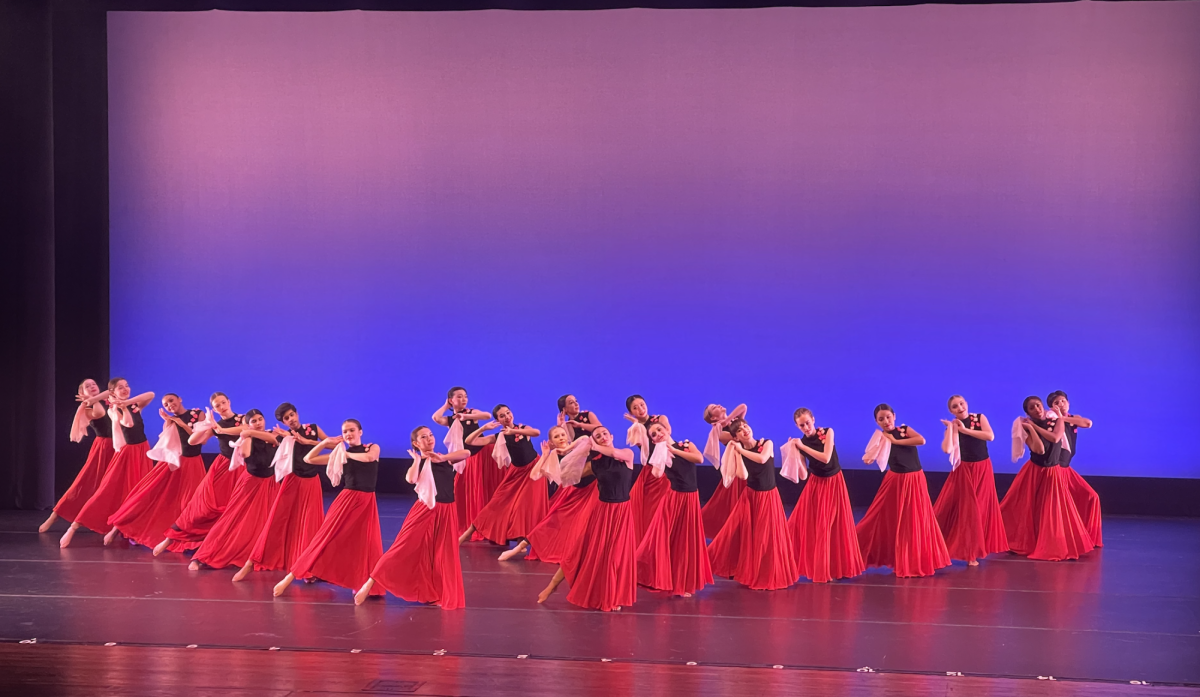The annular solar eclipse was a big deal at Kinkaid.
Students and faculty flocked to the Quad, and some even traveled to San Antonio’s St. Mary’s Hall, to catch a glimpse of the rare celestial event that won’t happen again for the next two decades.
The enthusiasm was shared by many across the country who stepped out of their homes to click pictures of the “ring of fire” in the sky and post them on their social media accounts.
But many cultures shun the eclipse as inauspicious or downright evil, while others see it as a time for solemn reflection.
Ancient civilizations saw the darkening of the Sun as a portent of evil; the Inca and Egyptians, among others, worshipped the sun as their primary deity and felt the god was angered or overpowered at this time, leading to great distress.
Some religions also view the eclipse as a sign of doomsday.
In Christian scripture, since there was an eclipse (albeit a lunar one) at the time that Jesus died on the cross, it was seen as a sign of doomsday. And Muslim scholars hold that the eclipse is a sign that the Day of Judgment and the end of times are swiftly arriving. Judaism is the least bleak of the Abrahamic triad; according to the Talmud, if people perform God’s will, they need not be afraid of the eclipse, though it is a symbol of doom for all humanity.
Chinese and Indian cultures share this negative belief. The ancient Chinese believed that solar eclipses occur when a celestial dragon devours the sun. The Hindu myth holds that it’s Rahu, a demon, who eats the sun in the quest for amrit, or celestial nectar.
Additionally, many Hindus believe that the liquid composition of the body is altered during the eclipse because of impurities in the atmosphere. Even today, Hindus fast on eclipse days, don’t go out during the day or offer special prayers, and bathe after the eclipse to cleanse themselves of impurities.
Closer to home, the Navajo of the Southwestern United States simply sit at home and reflect or pray during the eclipse; depending on who you ask, the sun is either undergoing a rebirth or embracing the moon. All tours in the Navajo Nation, along with most businesses, are shut for the day.
These beliefs are still popular despite their pseudoscientific nature.
Interestingly, they haven’t arisen in dialogue around the eclipse at Kinkaid despite our superstitious nature. Take two examples: our lacrosse team’s ritual surrounding the victory bell, and students’ highly-prized, pre-exam prayer circles. Perhaps alongside making eclipse-viewing glasses and studying the cosmos, some discussion should be held in classes like astronomy around the cultural, historical and, yes, pseudoscientific, elements of the science.









